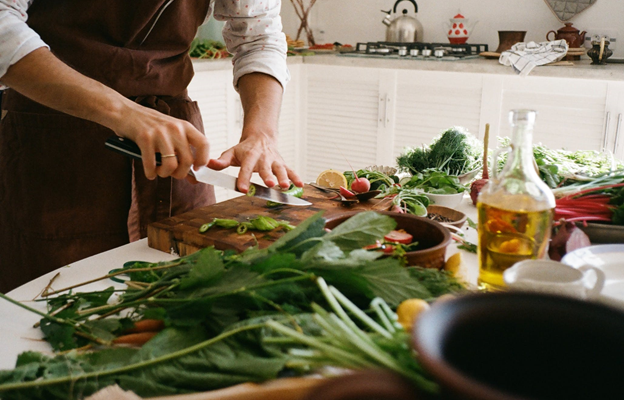For aspiring home chefs, incorporating wine into their culinary repertoire can be an intimidating prospect. Between the vast array of wine varieties and the perceived complexity of using them in cooking, it’s easy to understand the hesitation. However, the reality is that using wine in the kitchen is not only accessible, but also incredibly rewarding, unlocking a world of flavor and enhancing your dishes in surprising ways.
Beyond simply being a beverage enjoyed alongside a meal, wine possesses unique properties that elevate it to the role of a versatile culinary tool. Its acidity cuts through richness, tenderizes meats, deglazes pans for richer sauces, and infuses subtle flavor notes that build depth and complexity in your cooking. Mastering a few basic techniques opens the door to a realm of culinary possibilities, allowing you to transform ordinary meals into extraordinary experiences.
Choosing the right wine for cooking doesn’t require expert knowledge. A fundamental principle to remember is to match the color. Red wines tend to complement red meats and brown sauces, while white wines pair beautifully with lighter proteins and cream sauces. When selecting your wine, embrace boldness for bold dishes. Full-bodied reds stand up well to hearty stews and braises, while lighter-bodied whites enhance the delicate flavors of fish and poultry. Importantly, opting for a quality wine you would enjoy drinking on its own ensures your dish benefits from its full flavor profile. Avoid bottles labeled “cooking wine,” as they often lack the depth and complexity of drinkable wines.
Several essential techniques form the foundation of cooking with wine. Deglazing involves pouring wine into a hot pan to dissolve browned bits, creating a flavorful base for sauces. This simple process elevates the richness and complexity of pan sauces for steaks, chicken, and vegetables. Simmering meat or vegetables in wine unlocks their inherent flavors and allows them to tenderize gently while absorbing the subtle nuances of the wine. This technique forms the basis for dishes like coq au vin and produces incredibly flavorful braises and stews. Finally, reduction intensifies the flavors of wine by simmering it over high heat, concentrating its essence. This concentrated liquid becomes a valuable addition to sauces, soups, and glazes, adding depth and complexity to your creations.
With these basic principles and techniques in mind, embarking on your culinary journey with wine becomes an exciting adventure. Start by exploring simple recipes that highlight the distinct role of wine in the dish. As you gain confidence, experiment with bolder combinations and explore the vast world of flavor possibilities. Remember, the key is to embrace the process, have fun experimenting, and unlock the magic that wine brings to your kitchen creations. To learn more, check out the infographic below.

Infographic provided by Iron Mountain, a commercial refrigeration equipment provider








Comments